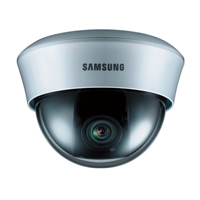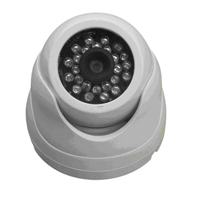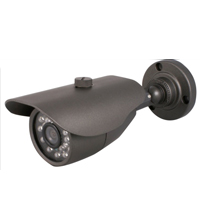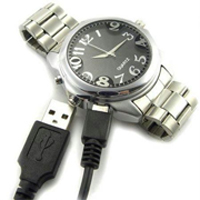




In industrial plants, CCTV equipment may be used to observe parts of a process from a central control room, for example when the environment is not suitable for humans. CCTV systems may operate continuously or only as required to monitor a particular event. A more advanced form of CCTV, utilizing digital video recorders (DVRs), provides recording for possibly many years, with a variety of quality and performance options and extra features (such as motion detection and email alerts). More recently, decentralized IP cameras, some equipped with megapixel sensors, support recording directly to network-attached storage devices, or internal flash for completely stand-alone operation. Surveillance of the public using CCTV is particularly common in many areas around the world. In recent years, the use of body worn video cameras has been introduced as a new form of surveillance.
Closed Circuit Television System
(CCTV) provides on-line display of
video images on a monitor .
Color or black & white
cameras with suitable lenses
are used to scan specific
areas to be Protected or monitored in
any premises. Video signals from a camera can
be transmitted to a Monitor over cables or in a
wireless mode. CCTV systems can be designed to scan
an area using a single or multiple cameras. In
the latter case images from various
cameras can be individually
switched on to single monitor. Alternatively
multiple camera images can
be multiplexed and can be viewed in 4, 8,
or 16 frame formats on
the same monitor screen.
